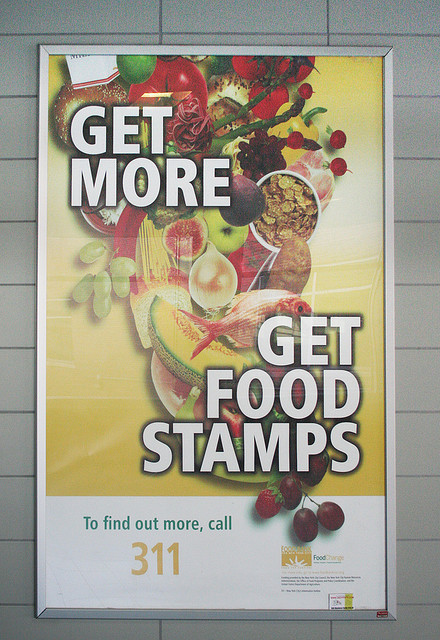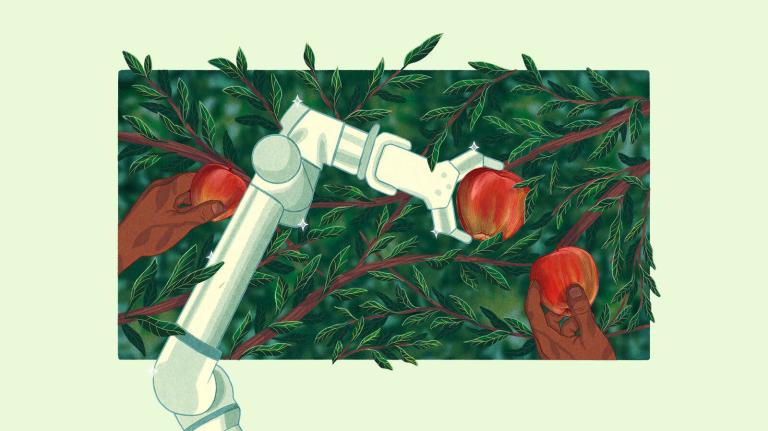 Do it for the economy. Photo: e20ciWith House Republicans voting to decimate the USDA’s various food programs by cutting over $2 billion, along comes The Economist with an excellent reminder of the effectiveness and scope of America’s main anti-hunger program: food stamps. The piece stands as a bracing antidote to a favorite recent contrarian subject — “young hipsters” taking advantage of a program for the poor. As The Economist observes:
Do it for the economy. Photo: e20ciWith House Republicans voting to decimate the USDA’s various food programs by cutting over $2 billion, along comes The Economist with an excellent reminder of the effectiveness and scope of America’s main anti-hunger program: food stamps. The piece stands as a bracing antidote to a favorite recent contrarian subject — “young hipsters” taking advantage of a program for the poor. As The Economist observes:
It is also hard to argue that food-stamp recipients are undeserving. About half of them are children, and another 8% are elderly. Only 14% of food-stamp households have incomes above the poverty line; 41% have incomes of half that level or less, and 18% have no income at all. The average participating family has only $101 in savings or valuables. Less than a tenth of recipients also receive cash payments from the Temporary Assistance for Needy Families programme (TANF), the reformed version of welfare; roughly a third get at least some income from wages.
The Economist points out that food stamps remain one of the few anti-poverty programs for which you are automatically eligible. If you meet the requirements, you need only register for the program to begin receiving benefits — a crucial feature for a program designed to help the hungry. It’s well known that onerous application processes hinder participation in government benefit programs, and those opposed to the spread of anti-poverty programs often complicate the application process for just that reason. Indeed, even with the relative ease with which eligible Americans can get food stamps, the participation rates are estimated to be two-thirds of the total eligible population. And with the cutoff for benefits set at 130 percent of the federal poverty line, it’s hard to argue that recipients are in any way well-off.
Additionally, economists say food stamps are one of the most effective forms of economic stimulus, generating $1.73 of economic activity for every dollar spent. As The Economist put it, food stamps’ “recipients are so poor that they tend to spend them immediately.” For comparison, every dollar committed to the GOP’s favorite form of stimulus — tax cuts — generates a dollar or less in economic activity. But if the debt debate is any indication, math is clearly not the Republicans’ strong suit. Neither is compassion.


